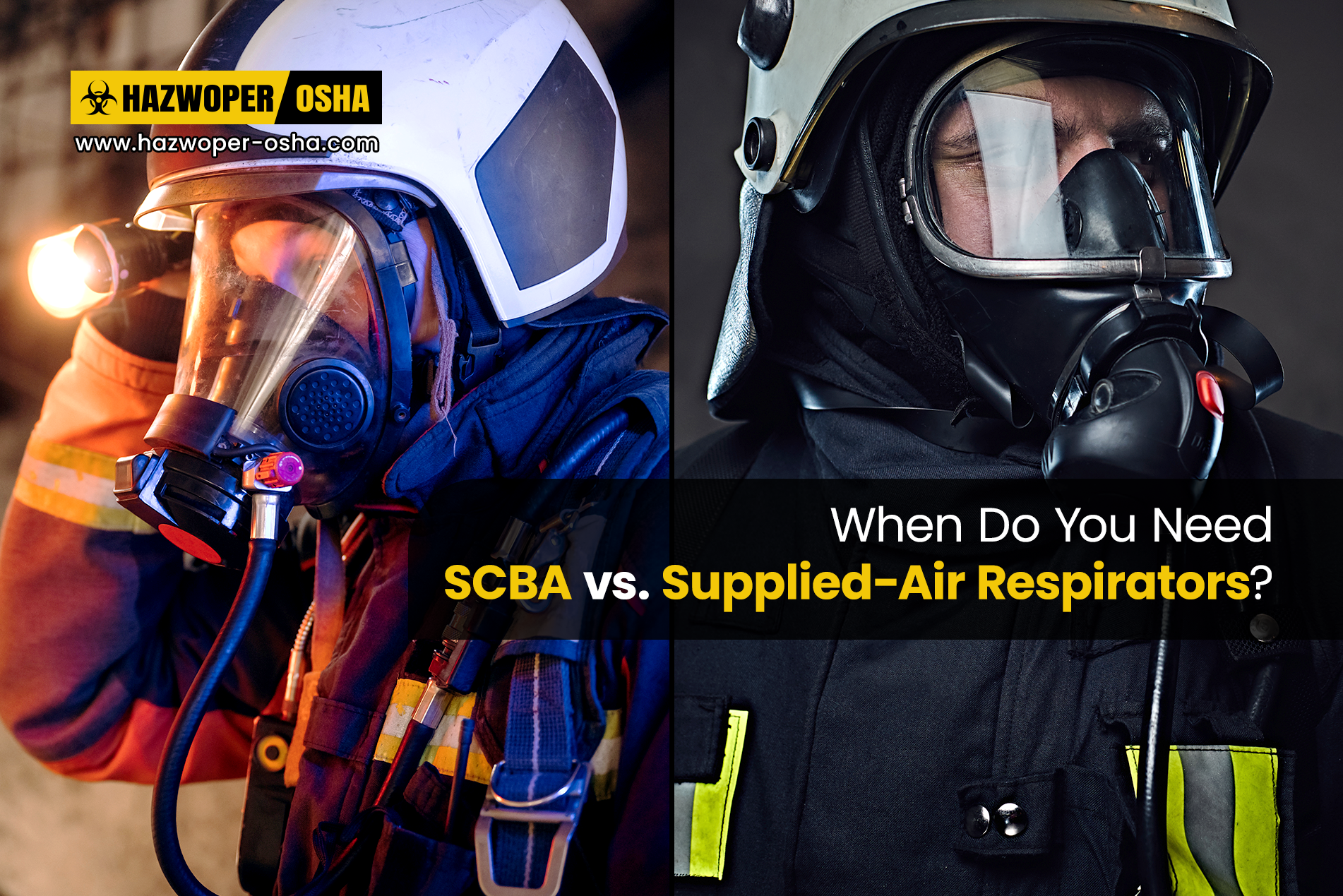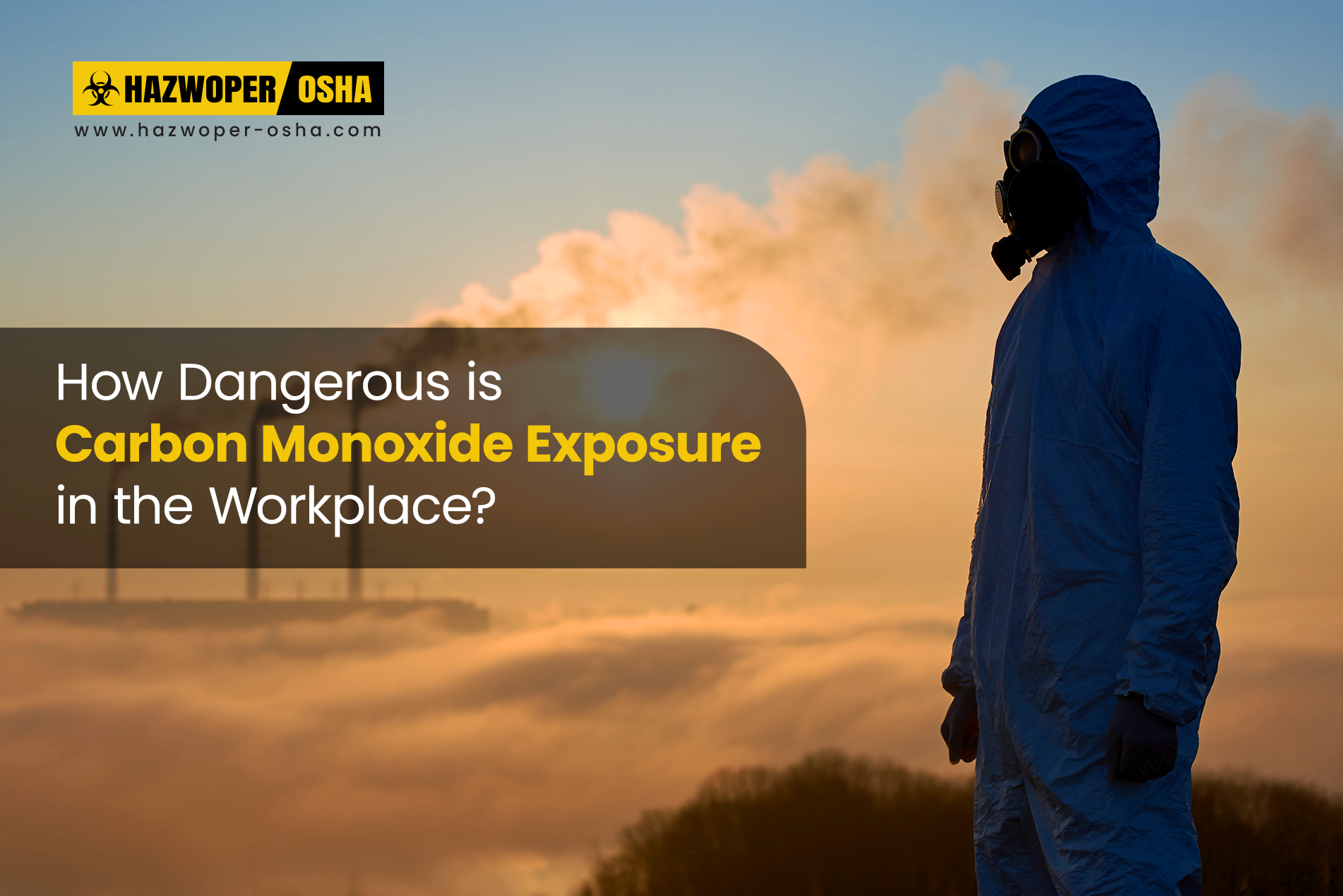Psychological Safety – The Invisible Hazard In Your Workplace

Scenario 1 - Imagine you are in the middle of a meeting at work, and you’re struck by a brilliant idea. You speak up, but your boss simply rolls his eyes, and puts you down by saying, “I don’t think so.” You leave the meeting feeling embarrassed and dejected. Chances are that you will probably never speak up again and stay quiet.
Scenario 2 - Imagine you are in the middle of a meeting at work, and you’re struck by a brilliant idea. You speak up, and your boss not only appreciates your suggestion but boosts your self-esteem by saying, “Great! I’d love to listen to more of your ideas.” In this case, you will leave the meeting feeling optimistic and validated.
But what do these two scenarios have to do with psychological safety? And what does psychological safety have to do with workplace safety? Everything
Let’s first understand the term “psychological safety.” It is a condition in which you feel included, safe to learn, safe to contribute, and safe to challenge the status quo- all without fear of being embarrassed, marginalized or punished in some way.
The term “psychological safety” was originally introduced by Amy Edmondson – professor of leadership and management at Harvard Business School. During the course of her research, Edmondson observed that when organizations cultivated trusting environments, where employees felt free to speak their minds, free to fail and learn from each other, performance and productivity improved.
According to Amy Edmondson, when people do not have “psychological safety” they frequently hold back, even when they believe what they have to say could be important for the organization, the customer, or themselves. People remain silent due to the fear of being viewed or labeled negatively, and fear of damaging work relationships. Research shows that such moments of silence are painfully common as well as “invisible.” Because silence is invisible, problems go unreported, improvement opportunities are missed, and tragic accidents and injuries occur that could have been otherwise avoided.
Along the same lines, a study conducted by Google has also highlighted that “psychological safety” is the most important dynamic that sets apart high-performing teams from ineffective teams. Successful teams are not those that make the least mistakes, but those that make the most mistakes. This however does not mean that ineffective teams do not make mistakes. In fact, those teams do not report errors or mistakes for the fear of reprisal. When team members do not have psychological safety, errors go unreported, and opportunities for improvement in procedures and processes are lost; ultimately compromising the productivity of the whole team, and the safety of the organization on the whole.
It is a natural phenomenon that employees want to feel “psychologically safe” when they express their opinions, suggestions, ideas, or report errors and mistakes. So, when we look closely at scenario 1, the work environment does not appear to be “psychologically safe.” It is a suppressive environment where people are not encouraged or appreciated when they voice their ideas or concerns.
Now in the light of all this discussion, let’s take a look at scenario 2. Undoubtedly, it appears to be a workplace where the leadership is committed to creating a space in which employees feel safe and encouraged to bring forward their opinions, ideas, disagreements, as well as suggestions for improvement. Thus, a “psychologically safe” work environment. Such a climate is worth building since it encourages creativity and empowers employees to share innovative ideas and suggestions, and report errors and mistakes. This isn't just advantageous for long-term company growth, but also helps identify possible hazards and areas of improvement in a timely manner, ultimately reducing the possibility of accidents and injuries on-the-job.
According to Jeanette Black, associate professor at the University of Wisconsin-Stout, “Embracing psychological safety means taking a more holistic approach to the workplace and organizational practices and putting employees at the center of your culture. Doing so can not only enhance the experience of coming to work, but also physical safety, productivity, and profitability.”
So, the key takeaway is that by ‘seeing’ the invisible hazard – silence – in the workplace managers can begin the process of employee engagement, worker confidence, meaningful conversations, and valuable reports that contribute to a successful, fearless and safe, and healthful workplace for both the employers and employees.

 EN |
EN |  ES
ES

























































































































